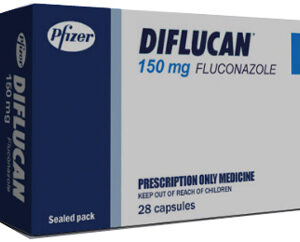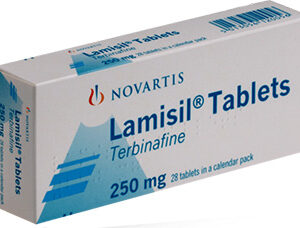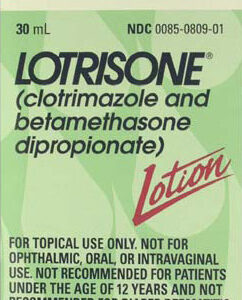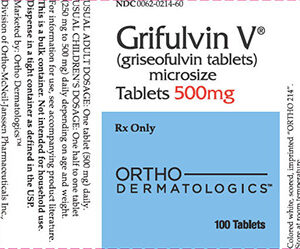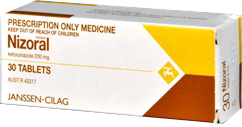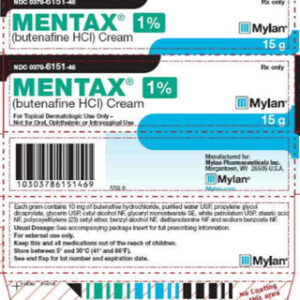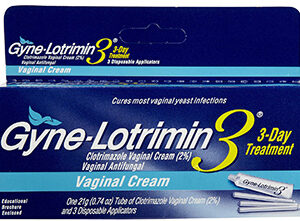Anti Fungal
Anti-fungal medications are integral in treating fungal infections, which can range from superficial skin conditions to life-threatening systemic infections. These medications come in various forms and are used based on the location and severity of the infection.
Topical Anti-Fungals:
For skin and nail infections, topical treatments are often the first line of defense. They are applied directly to the infected area and include:
Clotrimazole (Lotrimin): Widely used for athlete’s foot, jock itch, and ringworm. It works by damaging the fungal cell membrane, leading to cell death.
Terbinafine (Lamisil): Particularly effective against nail fungus (onychomycosis) and is available in both cream and oral forms. It inhibits a specific enzyme crucial for fungal growth.
Ketoconazole: Used for various fungal skin infections, including dandruff (as a shampoo formulation). It interferes with the synthesis of ergosterol, a key component of the fungal cell membrane.
Oral and Systemic Anti-Fungals:
For more severe or resistant infections, particularly those affecting internal organs, oral or intravenous treatments are necessary. These include:
Fluconazole (Diflucan): Commonly used for yeast infections, including candidiasis. It’s effective against both superficial and systemic fungal infections and works by inhibiting an enzyme essential for fungal cell membrane formation.
Itraconazole (Sporanox): Used for a range of systemic fungal infections. It is particularly effective against histoplasmosis, aspergillosis, and nail fungus. Similar to Fluconazole, it targets the fungal cell membrane.
